Your wall will seem festively adorned if you adhere wood to brickwork. However, it’s not always great to drill into walls due to potential damage.
Brick walls become damaged by holes, which are challenging to repair without destroying their original texture. Thus, you may want a method without drilling.
Luckily, you can finish this task with adhesive. How to glue wood to brick? It’s time to click on this article to get comprehensive guides. Let’s get started!
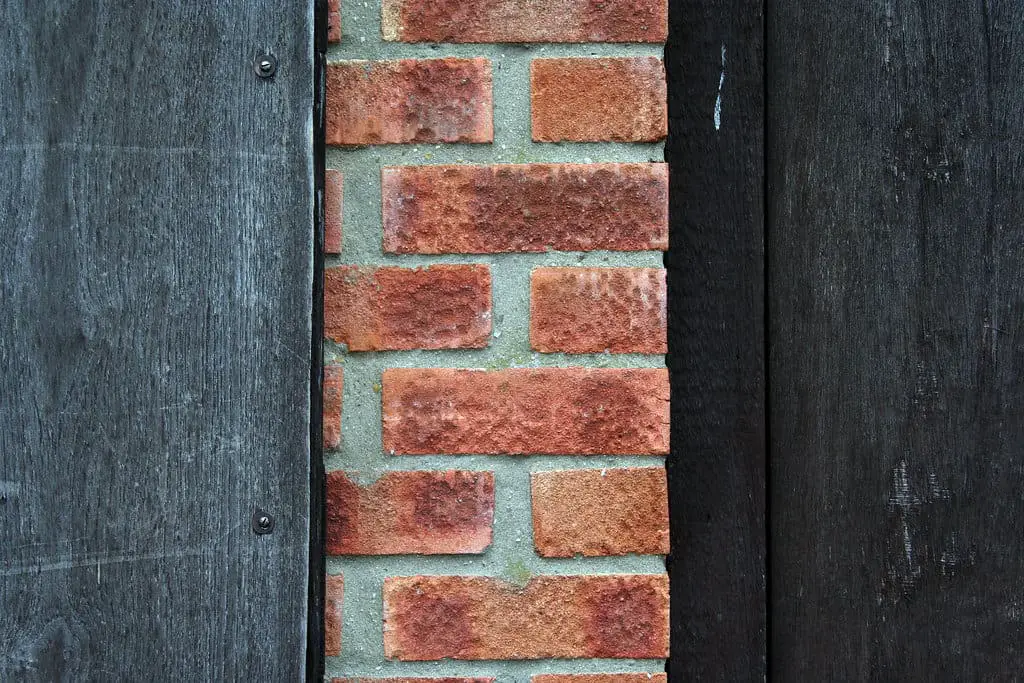
Things You’ll Need
Before conducting this DIY project, ensure you have the following materials and tools ready for use:
- Glue
- A sponge
- A soft brush
Glues are a great solution if you don’t want to use hooks or nails to adhere wood to masonry walls.
It is inexpensive and straightforward to discover the adhesive suitable for your job with the variety of options available for usage on wood and concrete blocks.
It’s crucial to pick a suitable glue since some adhesives, such as rubber bonding to hardwood, may not adhere to other materials, such as brick.
You should search for construction-style adhesive since masonry walls and timber are the two materials most frequently utilized on the construction site.
One that adheres extraordinarily well is highly durable and firmer than most consumer adhesives.
The sort of wood you intend to utilize and the surroundings are a couple of things to consider when selecting an adhesive.
For instance, outdoor projects must adapt to variations in humidity and temperature that don’t affect interior walls.
What to use to attach wood to brick? The most popular kinds are silicone adhesive, epoxy resin, polyurethane glue, and constructive adhesive.
Silicone Adhesive
Will silicone stick wood to brick? Yes! Silicone glue is non-toxic, heat- and water-resistant. It is perfect for interior settings such as home offices.
This type works well for permanent or temporary applications since it can be applied to many materials and are often simple to discard if necessary.
Epoxy Resin
If you intend to adhere the wood to the masonry walls permanently, epoxy glue is a fantastic option.
After mixing the foundation components, the dry period is relatively brief, and the mixture starts to solidify very rapidly.
Epoxy resin, nevertheless, tends to become runnier than other glue, creating leaking around the borders of the timber or brick. It makes spreading epoxy resin challenging.
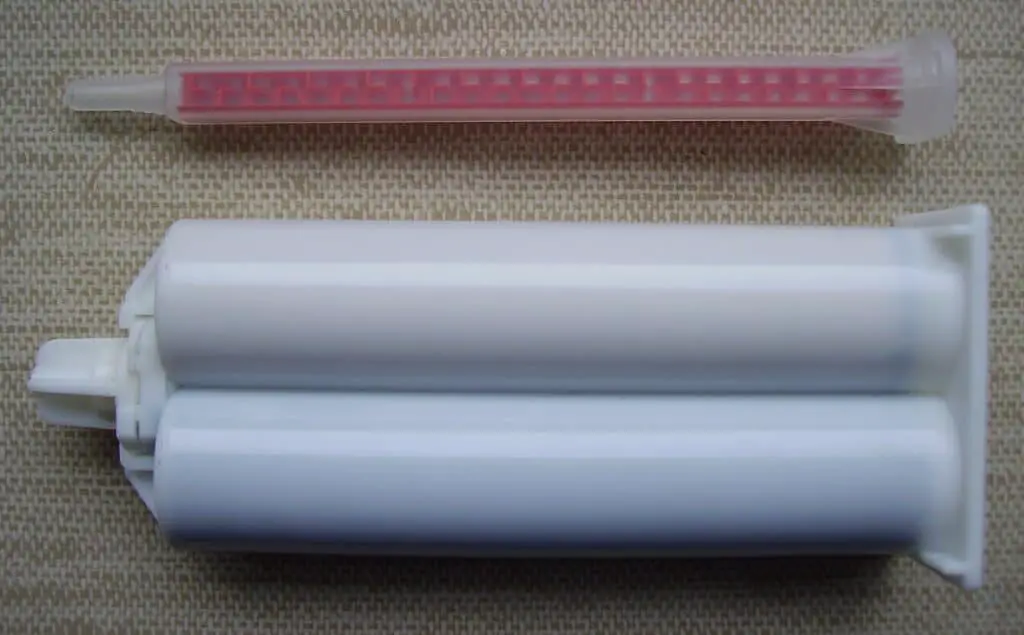
Polyurethane Glue
For tasks requiring various materials and surfaces, polyurethane adhesive is ideal.
Since the glue is waterproof, it is an excellent choice if you plan to adhere timber to masonry walls outdoors.
Polyurethane also expands when it dries, covering any cracks in the brickwork and strengthening the bond between the hardwood and masonry walls.
Constructive Adhesive
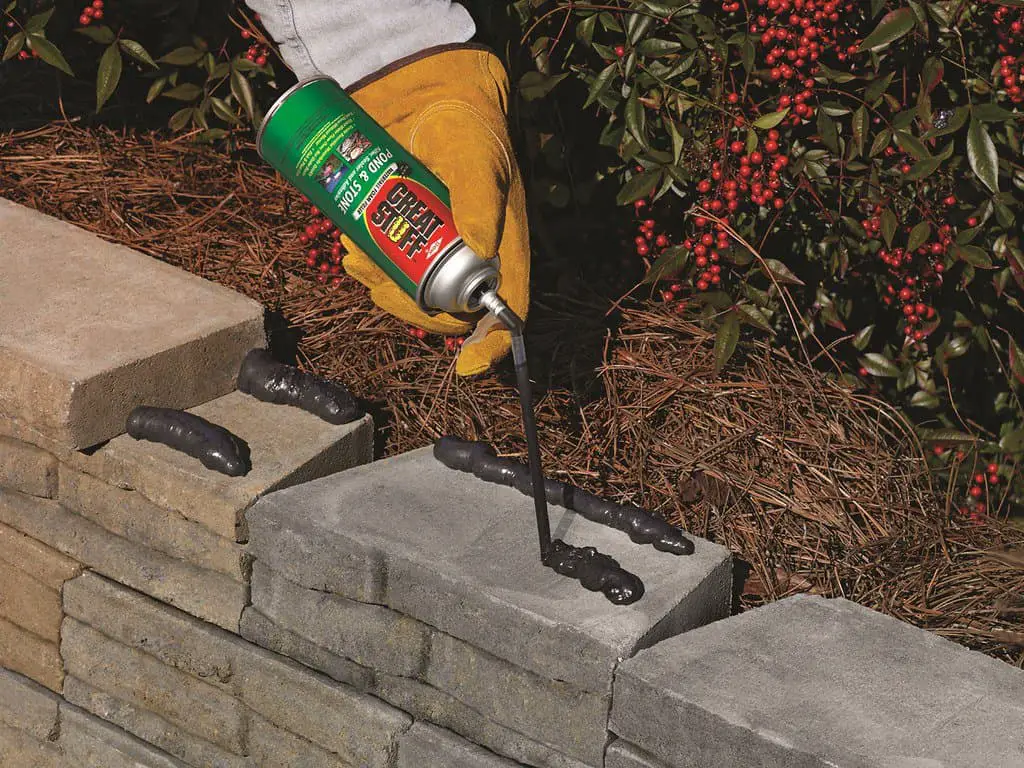
Most constructive glue is packed in tubes, so you can easily apply it using a caulking gun.
Different products and brands will have various dry times and bonding strengths.
Due to its strength, construction adhesive may permanently or temporarily adhere timber to the masonry wall.
If you want more tips for choosing glue to use on specific materials, you can watch this video:
Constructive glue
How To Glue Wood To Brick? Step By Step Instructions
Attaching wood to brick is not as daunting as you may expect. The following all-inclusive instructions will make your task easier!
Step 1: Clean Wood And Brick Surfaces Before Attaching
The brick and timber surfaces must be dry before using the adhesive.
You must ensure that dust, dirt, debris, or other material won’t affect the glue’s ability to adhere.
Masonry walls are relatively porous, so the best method to completely clean them is to scrub them with soap, warm water, and a soft brush.
A helpful tip is to add vinegar or bleach to the water to clean the outdoor surface with an additional grime layer.
Use a sponge to apply the solution and a soft brush to scrub it. The warm water and bleach will break down persistent growth and other debris.
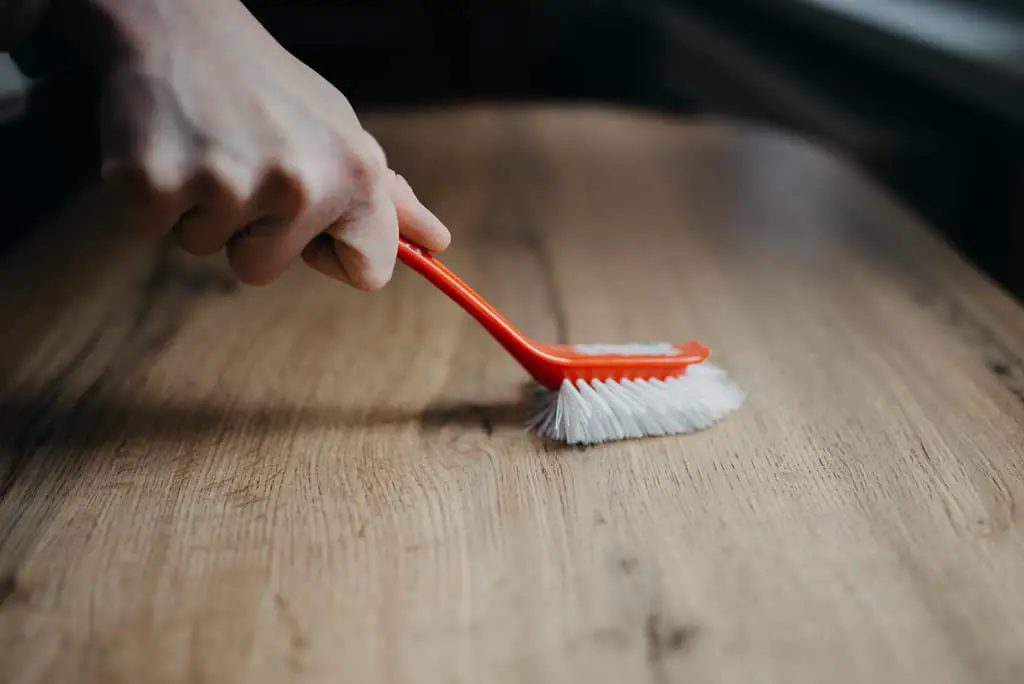
Step 2: Attach Wood To Brick
How to adhere wood to brick? After ensuring both surfaces are thoroughly dry and clean, apply the adhesive on the timber rather than the masonry wall.
It would be best if you spread the bond beads evenly spaced around the sizes of peas all over the board.
The glue will equally disperse as you push it into position. For a better bond that will stay longer, adhere to the product’s directions.
For more information on dry times or other issues, it’s advisable to consult the manufacturer’s specifications.
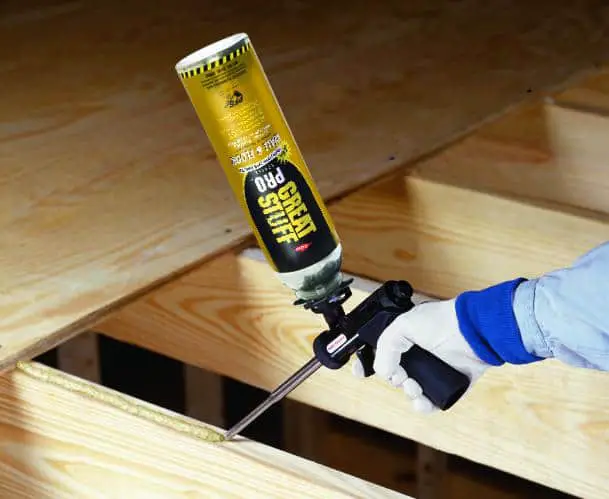
Step 3: Cure Glue
It is necessary to keep the wood firmly in place while it is in the drying process. Depending on the products you choose, the drying time will vary.
As the adhesive cures, clamps frequently require that they be left in position for 24 – 48 hours.
If the bricks or timber are wet or in a humid atmosphere, the adhesive will take much longer to dry.
For this reason, ensure the wood and masonry wall surfaces are completely dry before applying the adhesive.
FAQs
What Adhesive Will Stick To Brick?
Rhino and Gorilla are the two types ranked the strongest to apply to masonry walls.
What Is The Strongest Adhesive For Brick?
It’s Gorilla Epoxy! It works best on brick. It creates a robust, durable wall that is resistant to water.
Is Liquid Nails Better Than Gorilla?
No! Gorilla is better than Liquid Nails. The former can withstand 846 lb, while the second can only hold 441lb.
What Is The Strongest Wood Adhesive?
Here are some suggestions you can consider:
– Gorilla Glue
– Elmer’s Adhesive
– Titebond Ultimate Adhesive
Does Gorilla Tape Work On Brick?
The short answer is yes! It can work well on smooth surfaces, including these two materials.
The Bottom Line
After referring to this post, you know how to glue wood to brick. Try out these valuable tips mentioned previously to save you money and time.
Remember to select the most suitable adhesive for the material you plan to attach. Moreover, the surface must be clean and dry for a better bond.
If you have further questions, please feel free to comment below. Thanks for taking the time to follow us!
See more about: Top 5 Best Wood Glue In 2022: Which One Win Your Wood?
